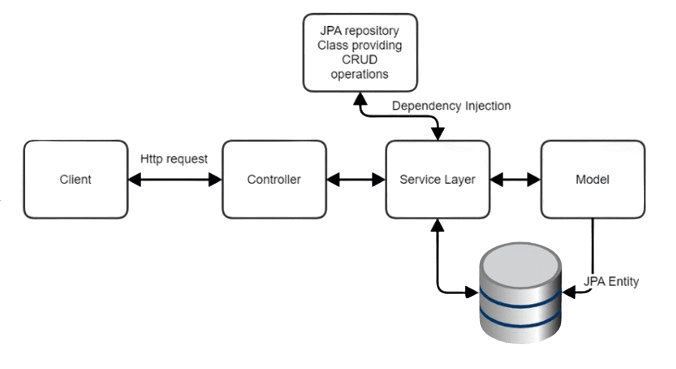Spring Framework: Your Gateway to Enterprise Java Development
The Spring Framework is a leading solution for enterprise Java development, providing a comprehensive infrastructure that simplifies the creation and management of Java applications. With powerful features like dependency injection, aspect-oriented programming, and transaction management, Spring enhances maintainability and testability, making it a preferred choice for developers worldwide.

Dependency Injection (DI):
Aspect-Oriented Programming (AOP):
Spring MVC:
Transaction Management:
Integration Capabilities:
The Spring Framework course syllabus is designed to provide a thorough understanding of the Spring ecosystem, enabling developers to create scalable and maintainable enterprise applications. Below is an overview of the key topics covered:
Introduction to Spring Framework
Spring Core
Aspect-Oriented Programming (AOP)
Spring MVC
Data Access with Spring
Spring Security
Spring Boot
Spring Testing
Spring Cloud
By mastering the topics outlined in this syllabus, you’ll be well-prepared to leverage the Spring Framework in developing robust, high-performance enterprise applications. Enroll in our Spring Framework course today and elevate your Java development skills!
The Spring Framework is a robust solution for enterprise Java development, designed to simplify the creation of scalable and maintainable applications. Here are some fascinating facts about Spring:
Origin and Development
Inversion of Control (IoC)
Aspect-Oriented Programming (AOP)
Comprehensive Data Access
Modular Architecture
Integration with Other Frameworks
Spring Boot
Spring Security
Active Community and Ecosystem
Cross-Platform Capabilities
By understanding these key aspects, developers can appreciate the full potential of the Spring Framework in creating high-performance, enterprise-level applications.
Unlock your potential with our comprehensive Spring Framework course designed for aspiring developers and professionals looking to enhance their skills in enterprise Java development. Over 8 weeks, you’ll gain in-depth knowledge and hands-on experience with one of the most powerful frameworks in the industry.
By the end of this course, you will be well-equipped to develop scalable, high-performance applications using the Spring Framework.
Enroll today and take your Java development skills to the next level!
Whether you’re building web applications with Spring MVC or creating microservices with Spring Boot, the Spring Framework equips developers with the tools necessary for success in today’s competitive tech landscape. Embrace the power of Spring to enhance your Java development skills and create robust, maintainable applications. Explore the Spring Framework today and elevate your enterprise Java development journey!
Click one of our contacts below to chat on WhatsApp
Social Chat is free, download and try it now here!
